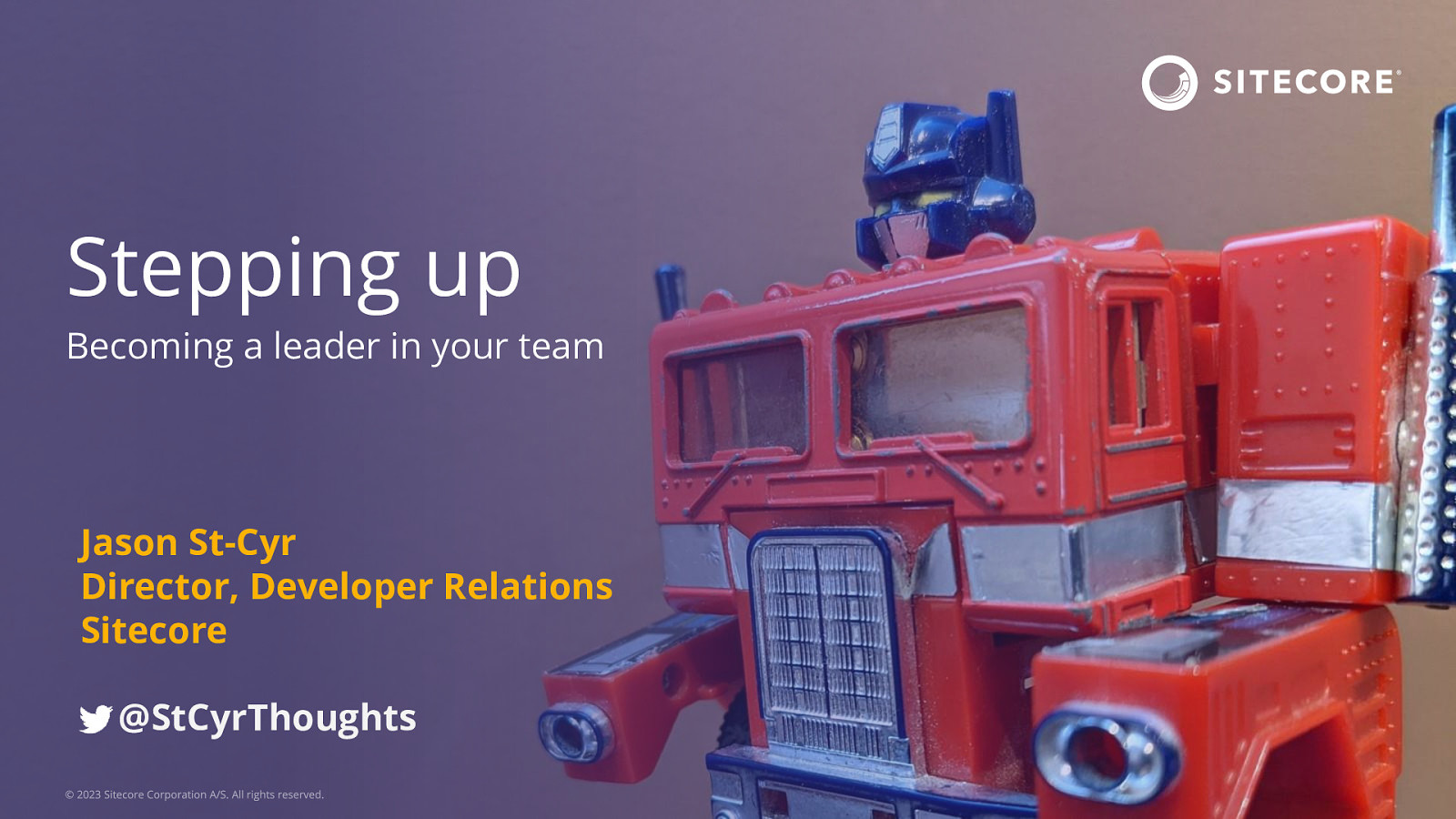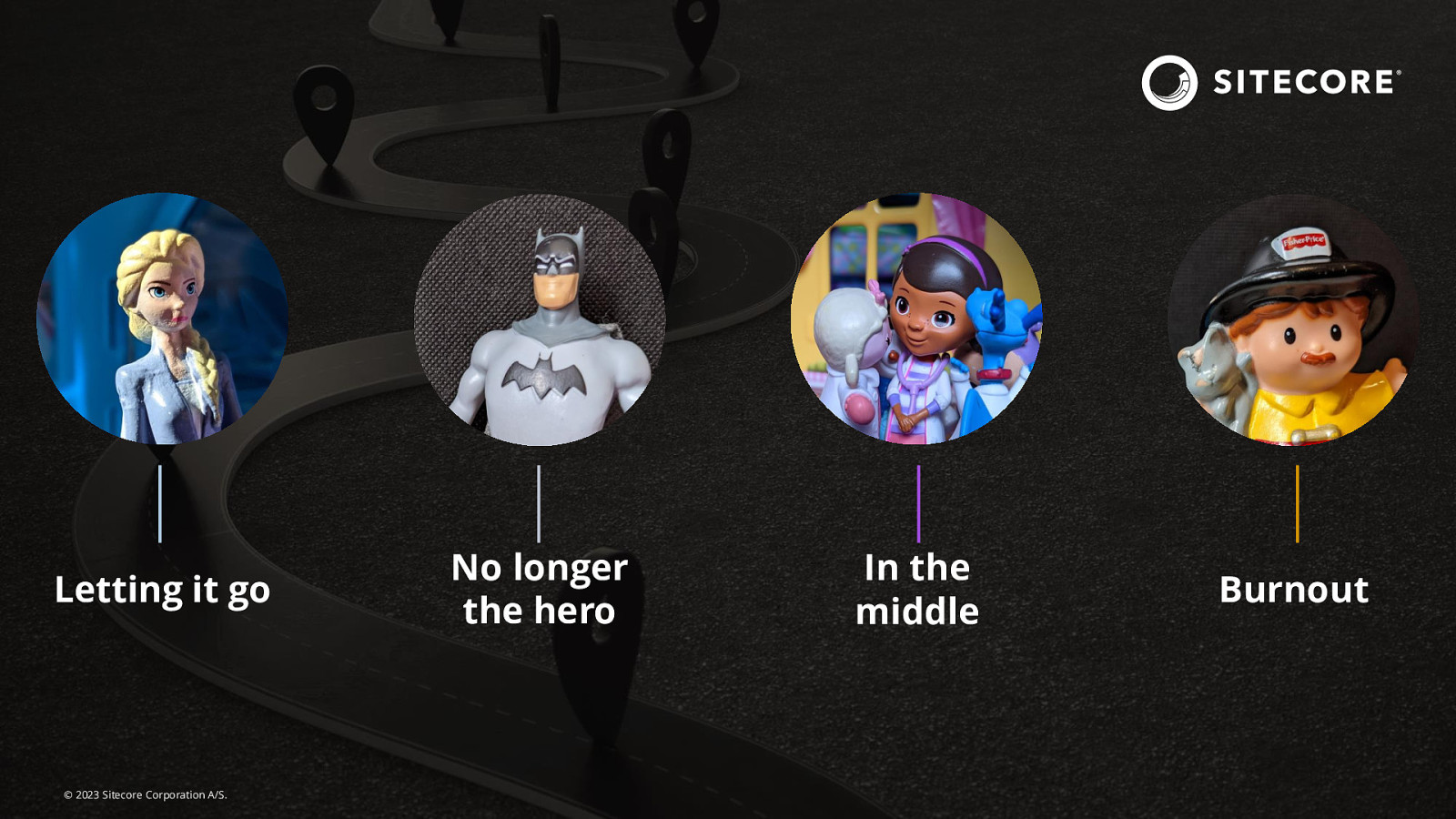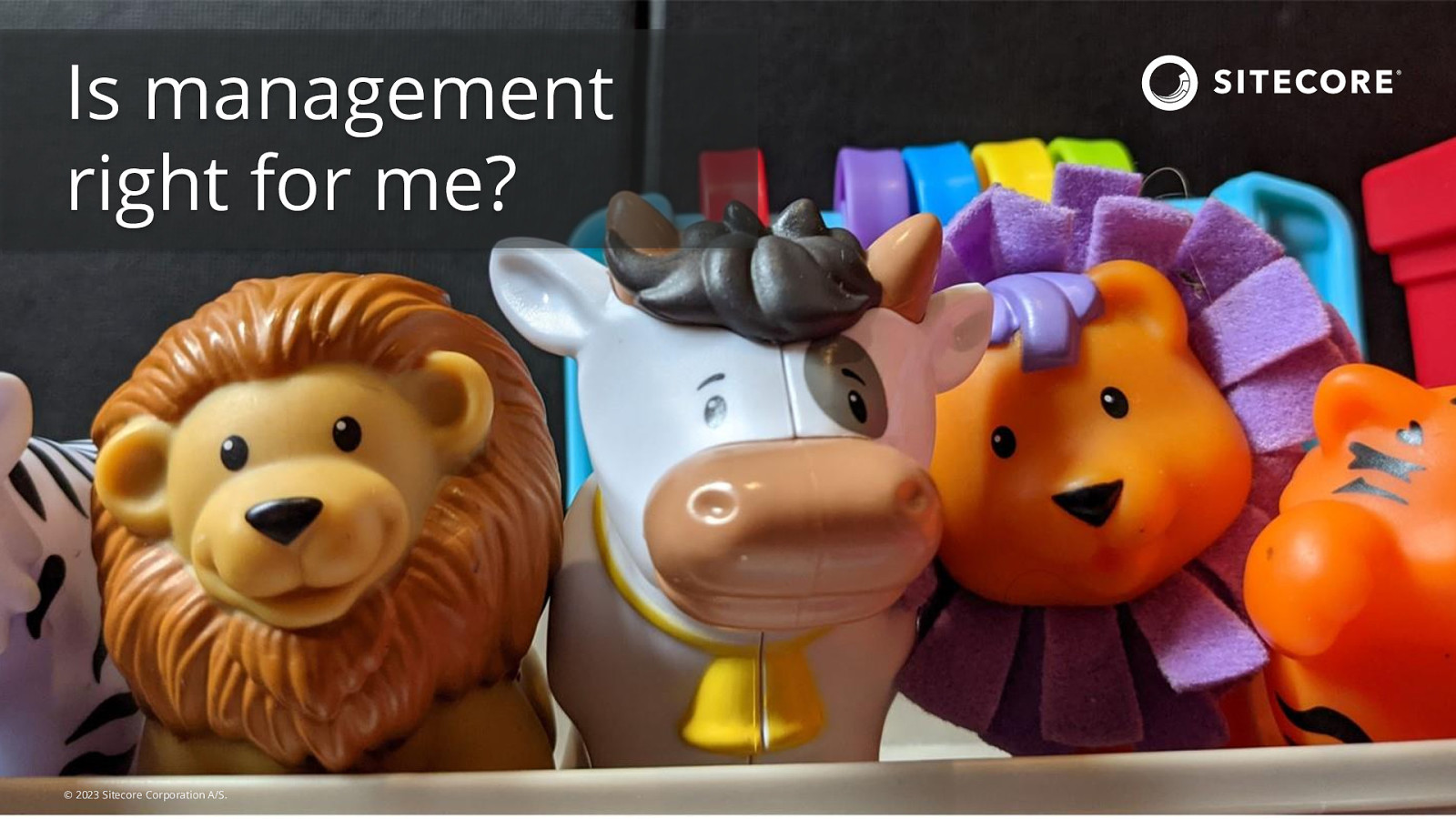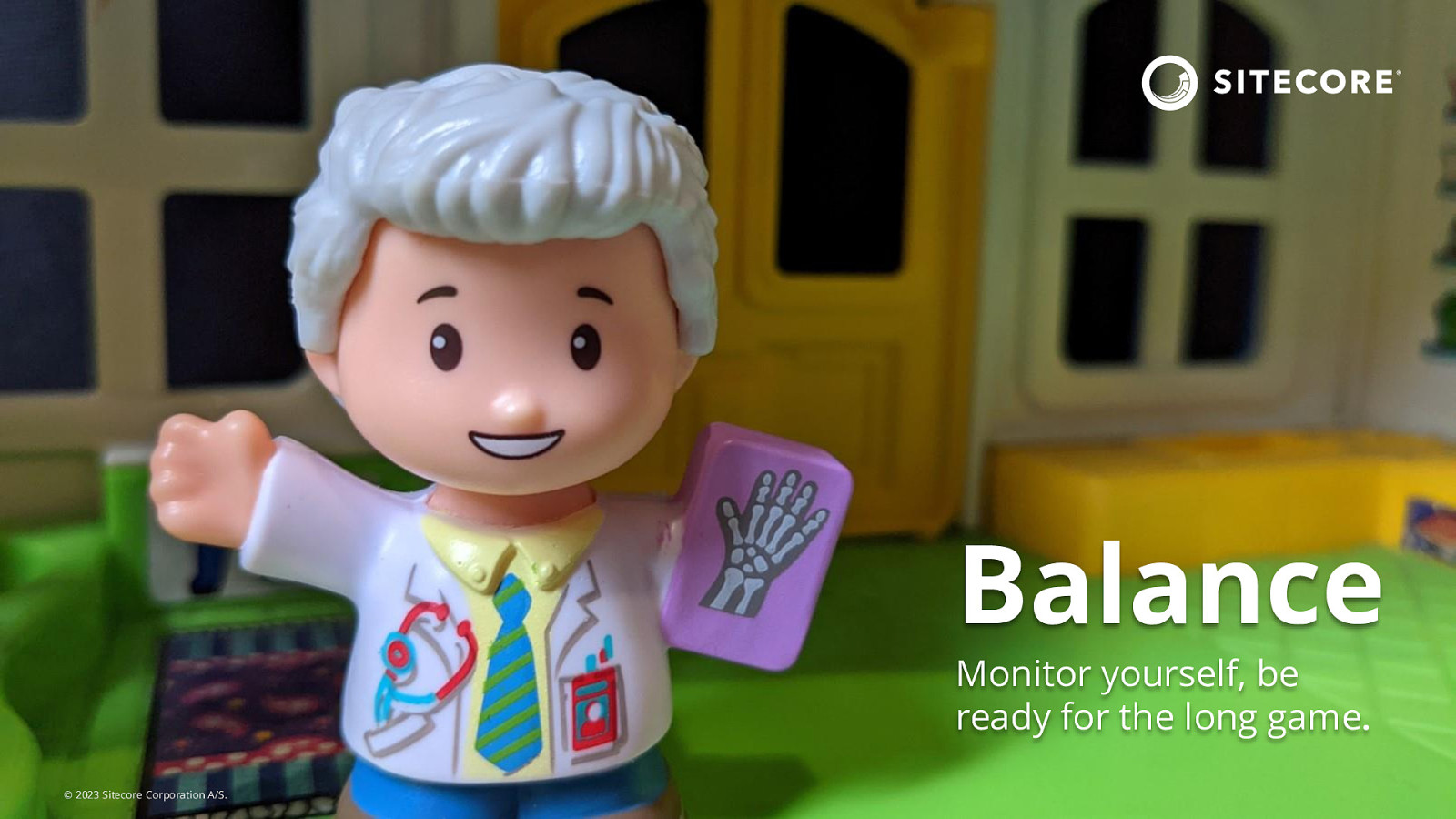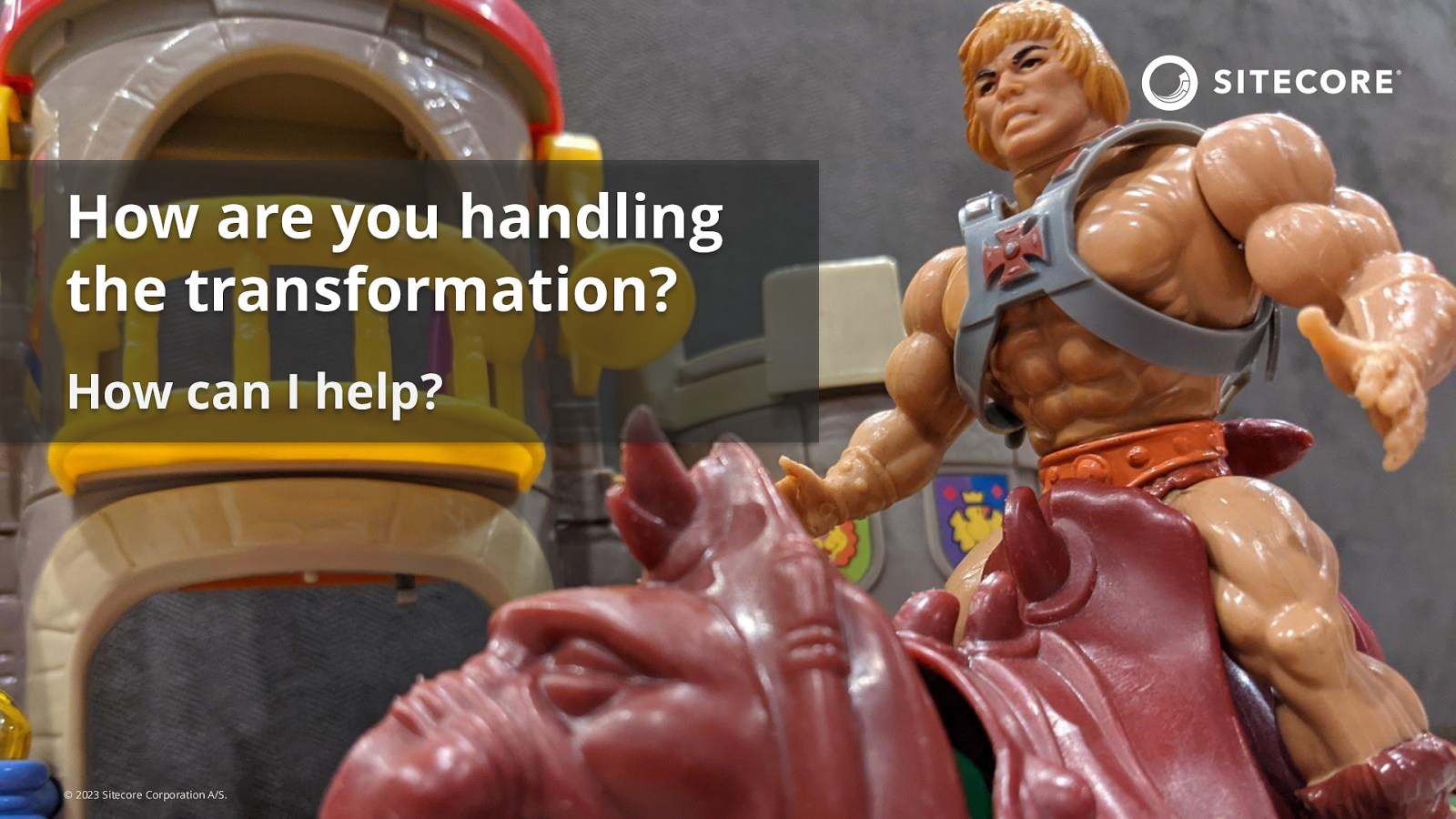The process is not your friend
Moving into middle management comes with another challenge: Balancing loyalties. You’ve likely heard the phrase “HR is not your friend”, and apologies to the HR professionals listening in. But it’s not just HR. At larger companies, almost all of the processes that exist for managers/leaders are designed to protect and enhance the company, not the individual. Sometimes, both sides are aligned and what is “good for the company” can also be good for you or your team members.
Some examples of things that can have rigid processes that impact managers could be buying new software for the team (a.k.a. procurement), hiring a contractor, acquiring a company, or having to let somebody go.
When it comes to saying goodbye to a team member, this is very much the case where the process is not your friend. This might sound harsh, especially if you work on a People team or have good friends on these teams. There are amazing people who work on these teams and they advocate for employees all the time, but at the end of the day their role looks at all the people across the company, not the individual. This is a tough situation where emotions and careers get involved. And this creates a pressure on you as a leader sitting between the employee and the corporate process.
If you have a good People team, they try to help you when somebody needs to be let go by providing a guide, FAQ, or a script. You are sometimes told not to deviate from the script. Your People team has chosen very specific words that can be used to control the situation, reveal the minimum information, and avoid legal issues. If you are a people leader like me, this goes against every instinct you have.��During any other situation, I am thinking about the person first, how they feel, and guiding them through it and connecting with empathy. Reading somebody else’s script doesn’t fit with that.
So who do you listen to? You have a responsibility to your employer, but you also have a responsibility to your teammate. The tricky part here is balancing both, but if you have the opportunity, I recommend you push back and do what’s right for your employee.
Not everybody is in a situation where they can push back, but you need to remember what I said earlier: the process is not your friend. It is not your team member’s friend. It is doing what is “good for the company”, and in this case it doesn’t align with what is good for the individual. This is definitely a situation where I have needed to make the call on how much of the process I follow, and how much of my own instinct I follow. How can I answer their questions as well as possible? How do I capture the right tone to capture the history we’ve had as a team and the good times that were had, even though this is a tough moment? How can I assist them with finding a new position?
All the while, you do have to watch how much you push back. There are lines you shouldn’t cross. You probably shouldn’t be talking about what’s happening on your Twitter account, for example. In general, you should show respect back to your organization, but remember that careers are long, you’re reputation goes with you, and people are always more important than processes.
